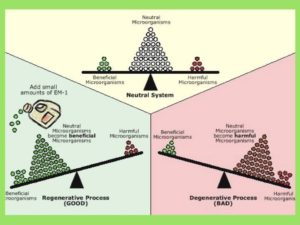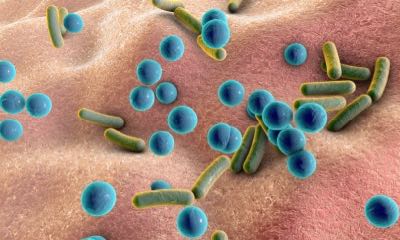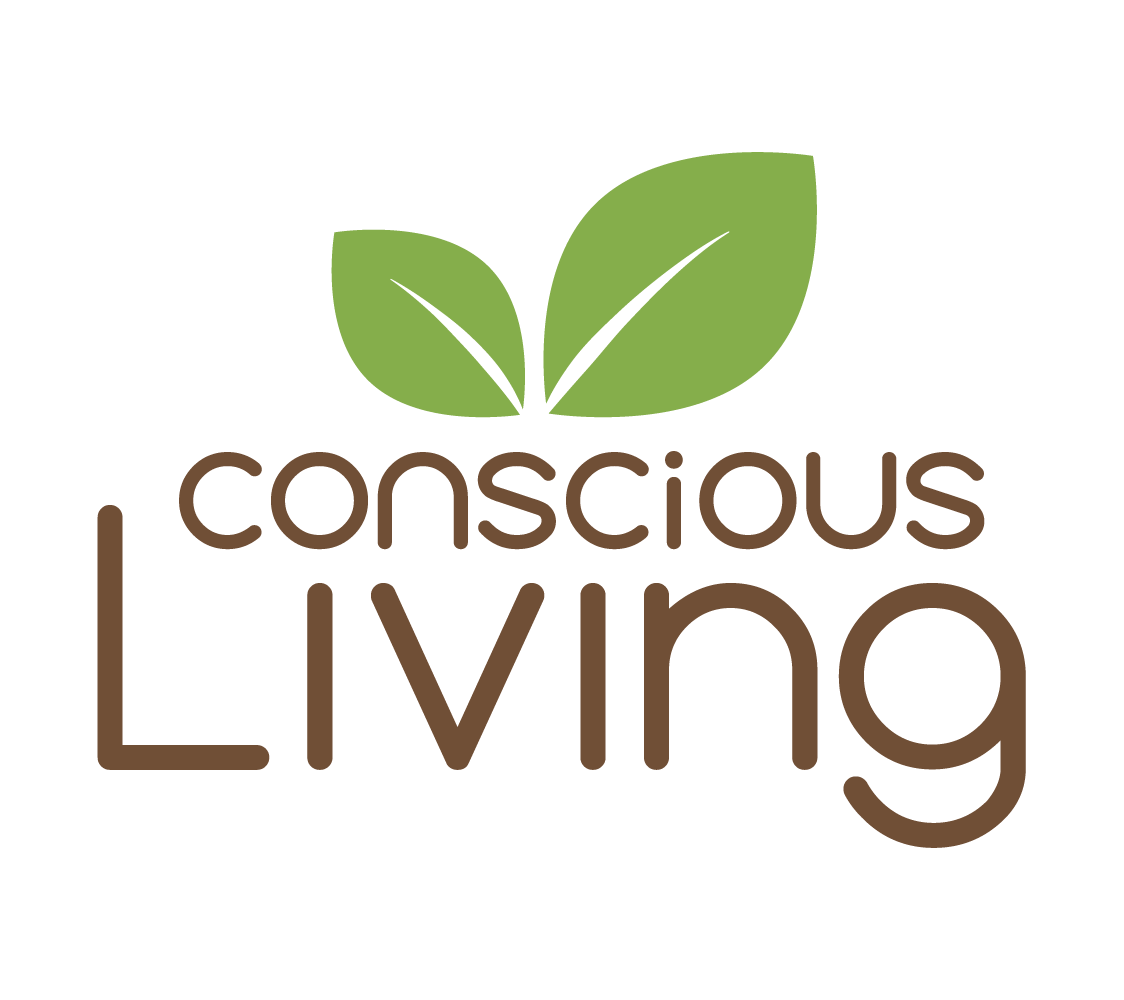Probiotic has been lately promoted as a health elixir for our guts, never heard of this concept for external use, is this just a marketing gimmick?
No, this is not a marketing gimmick. The use of good bacteria in cleaning is a revolutionary concept, research on this subject is still on but we have got good feedback from our clients on the healing benefits of our products. Increasing good bacteria on the surface it is used on can help neutralize pathogenic bacteria without the use of harsh conventional anti-bacteria chemicals like Tricolsan.
Even the so called “organic” or “natural” products in the market use some chemcials as surfactant, emulsifier or preservatives – how do you claim to be zero chemical?
We stand by our claim that our products are 100% free from chemicals and produced in the most sustainable manner. There are natural alternatives to all the chemicals used today, as was used before the industrial revolution.
- Naturally occurring saponin found in soapnuts are used as surfactant in our entire product range
- Indian Laurel Leaf work as an emulsifier. Active ingredient of this leaf is Mucilage Polysaccharides, and this is responsible for the thick consistency of our products as opposed to the use of Sodium Chloride and PEG-Polyethelyne or Polyoxyethelyne in commercial brands.
- Extractions of medicinal properties of plants and herbs are fermented with EM, eliminating the need for shelf life extension chemical preservatives like Paraben.
- Pineappple and citrus fruits possess anti-oxidant enzymes that function as a natural degreaser and deodorizer. Their natural medicinal properties gently cleanse without the need to use harsh and harmful chemicals.
What is the danger of commercial anti-bacterial soap and sanitizer? How is your product different from theirs in this regard?
Anti-bacterial agents like Tricolsan kill bacteria and supposedly clean that which they are used on. When you use chemical to kill bacteria you effectively KILL all the bacteria including the good ones which are vital for maintaining natural microbial balance, thus not only leaving the area defenseless against infiltration of bad bacteria but also leaving behind harmful chemical residues which are then released into the environment to cause further damage. By using these probiotic cleansers we actually increase our natural defense against bad bacteria in the area where we use them and when we are done we pass this benefit on to the surrounding environment. This is how we are different from the commercial brands.
Is this a 100% Thai made products, how did it come about?
Yes, this is a 100% Thai product, made by villagers in the northern part of Thailand. A Thai microbiologist, who has done extensive studies under Dr. Teruo Higa, developed these products out of his own quest to go chemical-free. His curiosity lead him to learn of the ancient Thai herbal wisdom where “in the old days” people used various extracts of roots, leaves and fruits to clean. He then very sophisticatedly combined these two sciences, plant wisdom and modern understanding of how a microbial balance can bring about healing to health and environment.
Are these products safe for the environment?
These products are 100% safe for the environment. All fruits and plants used are edible and there is zero chemicals. In fact, when these go down the drain they actually benefit the environment by helping to restore the natural beneficial microbial balance.
How long is the shelf life?
Shelf life is about 2 years if kept in cool dry place and not directly exposed to sunlight. Beyond the expiry date, it can still be used but the potency or efficiency will reduce.
Is this a special medicated product or it can be used by all? Is it also safe for children? How about infants?
These are not medicated products but they have some real amazing healing benefits that are effective in curing skin problems like eczema or scalp issues like dandruff. Just as your gut depends on a balanced microbial state to function optimally, the balance of bacteria and other microbes on your skin also matters in the same manner. It is therefore, appropriate and safe for all including children. For use with infants, you may want to dilute the product before use.
Excerpt from Dr. Joseph Mercola’s article, click here to read full article
“Many people are now aware of the importance of gut microbiome. Some even take proactive steps to protect it, like minimizing the use of antibiotics and eating fermented foods to support a healthy balance. Less widely known is that such microorganisms don’t only populate your gut; they’re found throughout your body, including on your skin. Just as your gut depends on a balanced microbial state to function optimally, the balance of bacteria and other microbes on your skin also matters in the same manner”.
EM is a common ingredient in all your products, what is EM, I have heard about it but not sure what it means?
EM stands for Effective Microorganism. As the name suggests, it is the living organism or the good bacteria as commonly referred to. EM is more associated with organic farming and less known in commercial personal and home care products.
Who is the pioneer of EM?
Dr. Teruo Higa is known as the father of EM or Effective Micro-organism. Dr. Higa describes that a combination of approximately 80 different micro-organisms are capable of positively influencing and decomposing organic matter such that it reverts into a “life promoting” process. Higa invokes a “dominance principle” to explain the effects of his “Effective Micro-organisms”. He claims that three groups of Micro-organisms exist: “positive micro-organisms” (regeneration), “negative micro-organisms” (decomposition, degeneration) and “opportunist micro-organisms”. In every medium (soil, water, air, the human intestine), the ratio of “positive” and “negative” Micro-organisms is critical, since the opportunist micro-organisms follow the trend to regeneration or degeneration. Therefore, Higa believes that it is possible to positively influence the given media by supplementing with “positive” micro-organisms. This is the basis of our cleaning products.
How does EM work?

This infographic shows clearly how adding a small amount of Effective Microorganisms (EM) can help convert neutral microorganisms to BENEFICIAL microorganisms. By adding natural probiotics or good bacteria (Lactobacillus casei, Rhodopseudomonas palustris, Saccharomyces cerevisiae), you are able to get rid of pathogenic bacteria without the use of any harsh chemicals. This is the basis of Conscious Living entire range of cleaning products.
The ingredients of the two product range (personal and home) are very similar, why is that so? Can I use dish soap for my hair?
Man has complicated this cleaning concept or maybe it’s the marketing of the 20th century. Cleaning home or body essentially follows the same principle – removing dirt. The only difference is the level of grease and dirt. Dirt on our body is less stubborn than on clothes or the dishes, hence the formula for the two range differs primarily in its acidity level as measured on PH scale. Home care range is much stronger as it needs to get rid of more stubborn grease and grime as compared to our hair or body. So if you happen to use dish soap for your hair, there is no real danger besides the fact that it will strip your hair of natural oil than say a shampoo which is formulated to be gentle and nourishing for hair and scalp.
I don’t like the smell of the product, is there any way I can customize this to my liking?
The “slightly sour” smell is from EM and fermentation process. This smell doesn’t remain on the surface once rinsed off but if you still can’t take the smell while using it then adding few drops of 100% pure essential oils like lavender, rosemary or tea tree can help negate the EM smell to an extent.
Are the living organisms still potent after packaging?
Yes, the living organisms are still alive when packaged. We deliberately packaged our products into non-transparent bottles (to protect against heat & sunlight). At this point the living organism remain dormant and are only activated once it comes into contact with the medium (body or environment).
What is the Skin Microbiome?
The billions of microbes living on you are called your skin microbiome. These microorganisms (sometimes called skin flora) are harmless or even beneficial—playing a vital role in your immune system and skin appearance. Evolved over thousands of years, the human microbiome consists of many distinct types of colonies, depending on the location and condition of the microenvironment.
The microbiota survives off of the salt, water, and oil (sebum) your skin releases to keep itself cool and lubricated. And several factors determine the habitat of the various microbiota, like:
- body temperature
- skin thickness
- amount and size of folds
- skin pH
- the density of hair follicles and glands
In other words—and not all too surprisingly—the microbiota on your face looks different from the microbiota on your armpits. Areas with higher density of oil glands, like your face, back, and chest, thrive off of the lipids (fats) in your sebum. Warm, humid areas, such as the groin and between the toes, host microorganisms that love a danker environment. Meanwhile, dry, cool patches—like your arms and legs—have far fewer micro-colonies than the rest of your body. In all, the average person carries around two pounds of microbes on their body at all times.
The sheer amount and diversity of skin flora may sound scary. But it’s actually a good and healthy thing. Having a bountiful, well-balanced microbiome plays an important role in your overall health and the appearance of your skin. The microorganisms help produce vitamins, hormones, and chemicals that affect everything from your mood to metabolism to the immune system.
What Skin Flora Do for You?

Most people know the skin is the body’s first line of defense against injury or potential pathogens. But it’s not actually your skin’s cells that act as the front lines of the cavalry. It’s the skin’s microbiome.
Your skin’s inherent environment is rather unfriendly to bad bacteria. It’s cool and dry. The pH is acidic. Even sebum, your skin’s lubricant, is antimicrobial. And, ideally, your skin has a bountiful amount of microbiota to combat all the bad bacteria you come into contact with.
A healthy skin microbiome, which prefers the acidic environment your skin provides, helps your immune system out. This likely starts by skin flora overcrowding pathogen overgrowth. Also, your skin’s immune system and microbiome communicate and respond to one another’s needs.
But your skin could be left vulnerable if your skin’s microbiome has been damaged in one of many ways:
- soaps
- incorrect or overuse of antibiotics
- harsh skincare products
- environmental factors
Unfortunately, the diversity in many modern societies’ microbiomes is as much as half as diverse as it once was. The culprits of the dwindling number of microbiota? Modern hygiene practices—such as daily showers or baths and the use of aggressive soaps and detergents—along with less healthful diets. Also, a lack of interactions with plants, soil, and the microbiomes of livestock and other wildlife, may have an impact.
On the individual level, many factors can shape the diversity of your skin flora. Your job, age, lifestyle, clothing, hygiene habits, and even how much time you spend in the sunlight can all affect the types and amount of microorganisms inhabiting your microbiome.
The lack of diversity can become obvious, even to the naked eye. It can lead to dryness, overproduction of sebum, breakouts, redness, or other afflictions. Therefore, keeping the proper balance of microbiota, and maintaining proper pH, can help protect your skin and microbiota from undesirable conditions.
The relationship between your skin’s appearance and the microbiome isn’t completely clear. That’s partial because the vast majority of skin flora haven’t been cultured or extensively studied yet. But more research and information is likely coming. That’s because the subject of the skin microbiome has caught the attention of many large beauty and skincare brands. It has even inspired the creation of some startup cosmetic brands that are experimenting with adding microbes to their products.
How to maintain a Healthy Skin Microbiome?

Many of the factors that control the makeup of your skin microbiome are out of your control. But there are some things you can do to protect the delicate communities of skin flora. To keep your skin’s microbiome happy, healthy, and thriving, implement these five tips:
Cleanse—and dry—correctly.
There’s a fine balance between having good hygiene and overdoing it. Avoid over-washing or using harsh cleansers. And don’t go crazy with the scrubbing. Too much friction can strip your skin of its healthy microbes, and create micro-tears in the skin at the same time. These tiny tears can be a breeding ground for unhealthy pathogens. When it comes time to dry off, gently pat your skin dry instead of vigorously rubbing yourself with the towel.
Eat well and hydrate.
As with most aspects of your health, your diet plays a vital role in keeping your skin healthy. Eating a diet rich in healthy fats, vegetables, protein, and fiber helps your gut bacteria, which may in turn help your skin microbiome. Also, be sure to drink at least 64 ounces of water per day. Being chronically dehydrated can negatively impact your microbiome. Finally, try to work up a sweat regularly to help feed your skin’s microbiome.
Avoid synthetic fabrics.
Choose natural fibers like cotton over synthetics whenever possible. Man-made fabrics, especially those that are tight or worn closely to the skin, can cause an imbalance in your microbiome. Remember that microbiota thrives in different areas of the body because of their unique environments. If you often wear items that cause your temperature, sebum or sweat production, or otherwise affect the normal skin conditions, you could create an environment in which good skin flora cannot thrive.
Choose products wisely.
Avoid antibacterial soaps and step away from hand sanitizer. In many cases, they kill the beneficial microbes along with the bad ones. Beyond the antibacterial type, soaps, in general, are alkaline, which can upset the balance of your acidic skin and actually make you more vulnerable to alkaline-loving potential pathogens. If you want to go the extra mile to ensure your hygiene isn’t damaging your microbiota, try one of the microbiome soaps that are now on the market. When it comes time to moisturize, be aware that many lotions have ingredients that are not microbiome-friendly. Use gentle, water-attracting moisturizers with ingredients like hyaluronic acid.
Embrace Your Skin Microbiome.

While it may go against everything you’ve been taught for decades, not all bacteria or other microbes should be killed or avoided. And, in reality, it would be a futile endeavor. So, instead of being grossed out by the billions of life forms with which you share your body, embrace the little guys that make up your skin microbiome and do your best to protect them as well as they try to protect you.
